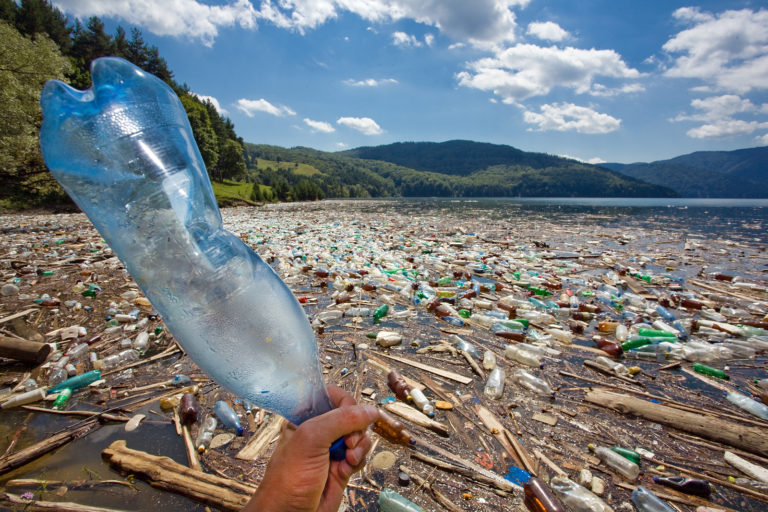National Pollution Prevention Week is celebrated annually in September. According to the EPA, pollution prevention (P2), also known as source reduction, is any practice that reduces, eliminates, or prevents pollution at its source prior to recycling, treatment or disposal. While there are several activities that can be done in the waste management hierarchy to reduce pollution such as recycling and reusing items, pollution prevention is considered the most effective, and therefore, most desirable.

Let’s take a single use plastic bag for example. The ability to recycle these bags would mean implementing a system where bags are collected and then transformed into new materials through a dedicated process. Not many recycling programs for these bags exist, making recycling a feasible but not efficient or ideal option. Reusing these bags is easier, and overtime many individuals have found ways to reuse these bags such as transporting lunch to and from the office or disposing of kitty litter. Reusing bags even once can help prevent so many plastic bags from needing to be produced that would eventually wind up as pollution. However, completely eliminating single-use plastic bags all together is an example of pollution prevention. Some states in the US have eliminated single-use plastic bags in commerce all together.
Looking to make a difference? You can check out the EPA’s page for tips on pollution prevention here.
Also, check out these great resources on tryengineering.org!
Lessons
Articles
- Join World Oceans Day
- What is the Right Way to Recycle?
- Here’s How to Reduce Pollution
- It’s America Recycles Day
- It’s National Environmental Education Week!
- Want to Clean Up Our Planet? Take the Plastic-Free July Challenge!
- Sortify: Natural Resources
Fields/Career



